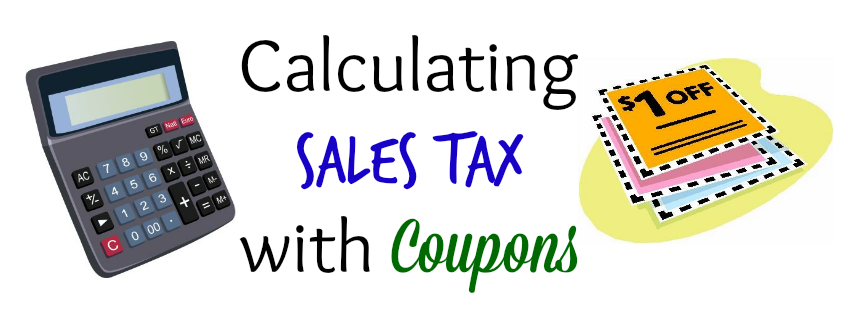 Want a quick and easy way for calculating price of an individual item when they’re on sale for “buy one, get one half off” (B1G1* 1/2 off)?
Want a quick and easy way for calculating price of an individual item when they’re on sale for “buy one, get one half off” (B1G1* 1/2 off)?
* – don’t get bogged down with all the couponing lingo, refer to this handy dandy glossary!
Here you go. Lets say the sale price is $3.99
Just multiply the sale price by 1.5: [Read more…]
Keep on saving! :o)--Barbara
**Remember, y'all, this post may contain affiliate links. I receive a small amount of compensation when you purchase from my links, which I"ll totally blow on waffle fries and sweet tea, y'all!**


 When you use coupons, it’s important to understand how sales tax works with
When you use coupons, it’s important to understand how sales tax works with 









